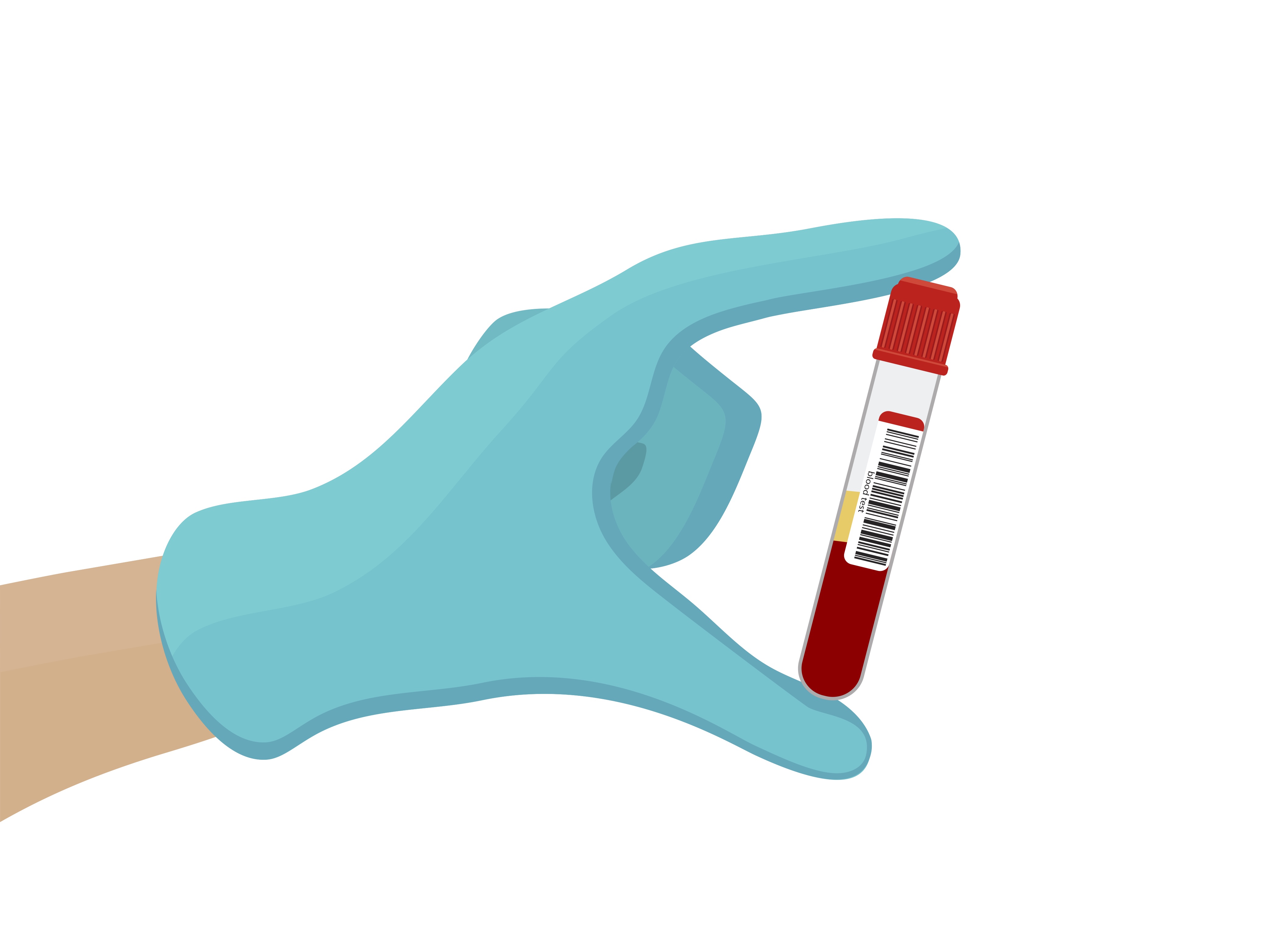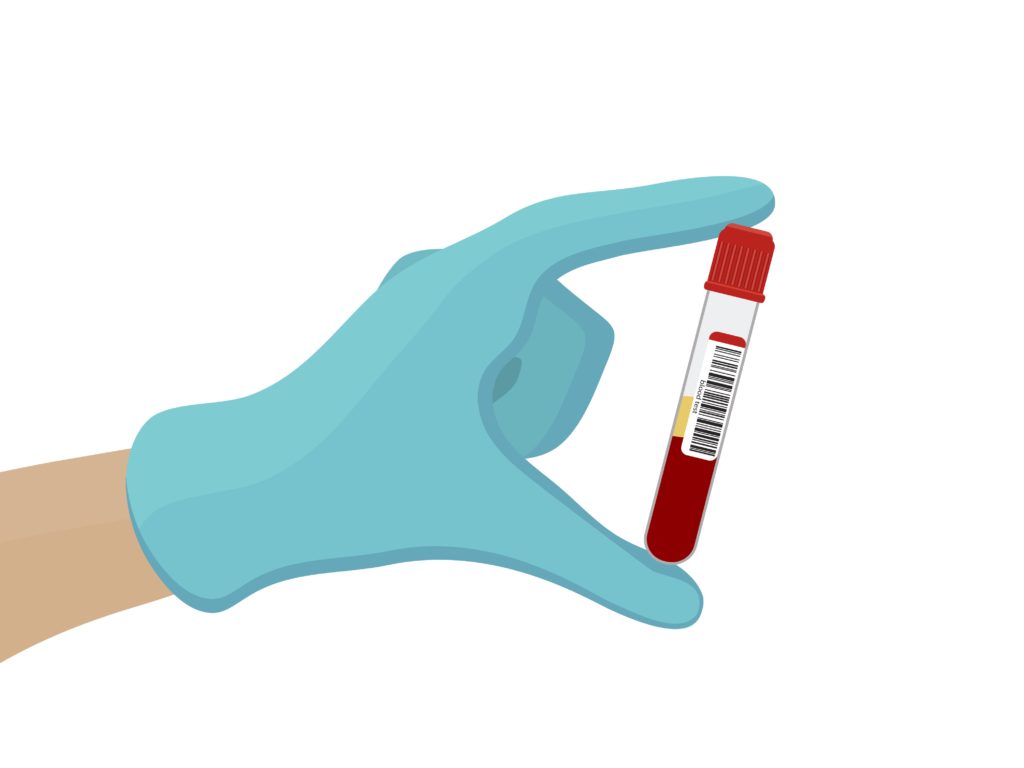In some OVI cases, officers will ask a suspect – or get a warrant – for a blood draw to test blood alcohol levels. These blood draw cases are somewhat unique in that there are very specific rules under Ohio law that must be followed in drawing, testing and storing the blood sample.
If the officer or phlebotomist fails to substantially comply with Ohio law in drawing and testing the blood sample, the blood results may be excluded from evidence at trial.
That is what happened here. Because the state could not show that the phlebotomist that drew the defendant’s blood followed all of proper procedures, the blood test results were thrown out.

Multi-OVI Offender Asleep at Green Light Submits to a Blood Draw
Around 6:15 a.m., police received several calls about a dark vehicle stopped at a green light. Callers were concerned for the safety of the person in the vehicle as it did not appear the person was moving.
When police arrived, the driver was the only person in the vehicle. Officers were unable to wake the driver by calling out or tapping on the window. So, they proceeded to pull him out of the car. At that point, the driver woke up and grabbed the steering wheel.
The officers nonetheless pulled him out of the car. Officers said that he smelled of alcohol, had difficulty maintaining his balance, and had red glossy eyes. They handcuffed him, put him in a cruiser, and transported him to the station.
He refused a field sobriety test and urine test. He submitted to a blood draw (whether he agreed to submit or not was a subject of dispute). The driver had five prior OVI convictions.
He was transported to the hospital where a phlebotomist drew his blood. The blood test results showed that his blood plasma contained 0.2655 grams percent alcohol.
Ultimately, he was charged with an OVI.
Blood Draw Results Thrown Out Due to Improper Blood Draw
Following a hearing on the defense’s motion to suppress, the court suppressed all evidence stemming from the blood draw. The court concluded that evidence obtained from the blood draw should be suppressed because the State failed to demonstrate substantial compliance with respect to Ohio Admin.Code 3710-53-05 and 3710-53-07.
Requirements for OVI Blood Draws Under Ohio Administrative Code
The Court of Appeals agreed with the defense that the State did not following proper procedures in taking the defendant’s blood for testing.
Ohio Admin.Code 3701-53-05 provides the following rules for the collection and handling of blood and urine specimens:
“(A) All samples shall be collected in accordance with section 4511.19, or section 1547.11 of the Revised Code, as applicable.
(B) When collecting a blood sample, an aqueous solution of a non-volatile antiseptic shall be used on the skin. No alcohols shall be used as a skin antiseptic.
(C) Blood shall be drawn with a sterile dry needle into a vacuum container with a solid anticoagulant, or according to the laboratory protocol as written in the laboratory procedure manual based on the type of specimen being tested.
(D) The collection of a urine specimen must be witnessed to assure that the sample can be authenticated. Urine shall be deposited into a clean glass or plastic screw top container which shall be capped, or collected according to the laboratory protocol as written in the laboratory procedure manual
(E) Blood and urine containers shall be sealed in a manner such that tampering can be detected and have a label which contains at least the following information: (1) Name of suspect; (2) Date and time of collection; 5 (3) Name or initials of person collecting the sample; and (4) Name or initials of person sealing the sample.
(F) While not in transit or under examination, all blood and urine specimens shall be refrigerated.”
Procedurally, once the a defendant challenges the validity of blood test results in a pretrial motion to suppress, the state has the burden to show that the test was administered in substantial compliance with the regulations prescribed by the Director of Health. Only minor procedural deviations are allowed.
Once the state has satisfied this burden and created a presumption of admissibility, the burden then shifts to the defendant to rebut that presumption by demonstrating that he was prejudiced by anything less than strict compliance.
Suppression Hearing
At the suppression hearing, the State submitted a checklist completed during the defendant’s blood draw. The checklist included a line that stated “Draw the blood with a sterile dry needle into a vacuum container with anticoagulant (gray top tube).” The box next to that line was checked.
The officer testified that the phlebotomist checked and verified the boxes as she went along; however, the phlebotomist testified that the officer present checked the boxes. Regardless, the form did not indicate that the anticoagulant in the tube was a solid anticoagulant as required.
The officer also testified that, while he provided the phlebotomist with the kit for the blood draw, he did not have personal knowledge of what was in the kit or whether there was anything in the tube prior to the blood draw.
While the phlebotomist indicated initially that there was an anticoagulant in the tube, she shortly thereafter asked that the question be repeated. When the question was repeated, she stated that she did not observe anything in the tube and acknowledged that she just assumed there was something in it.
Based on this testimony, the court of appeals agreed with the trial court that the State failed to substantially comply with Ohio Admin.Code 3701-53-05(C) because the State failed to demonstrate that Mr. McCall’s blood was drawn into a tube containing a solid anticoagulant.
Thus, the granting of the motion to suppress all evidence from the blood draw was proper.
To read the full case, see State v. McCall, 2015-Ohio-1251.



